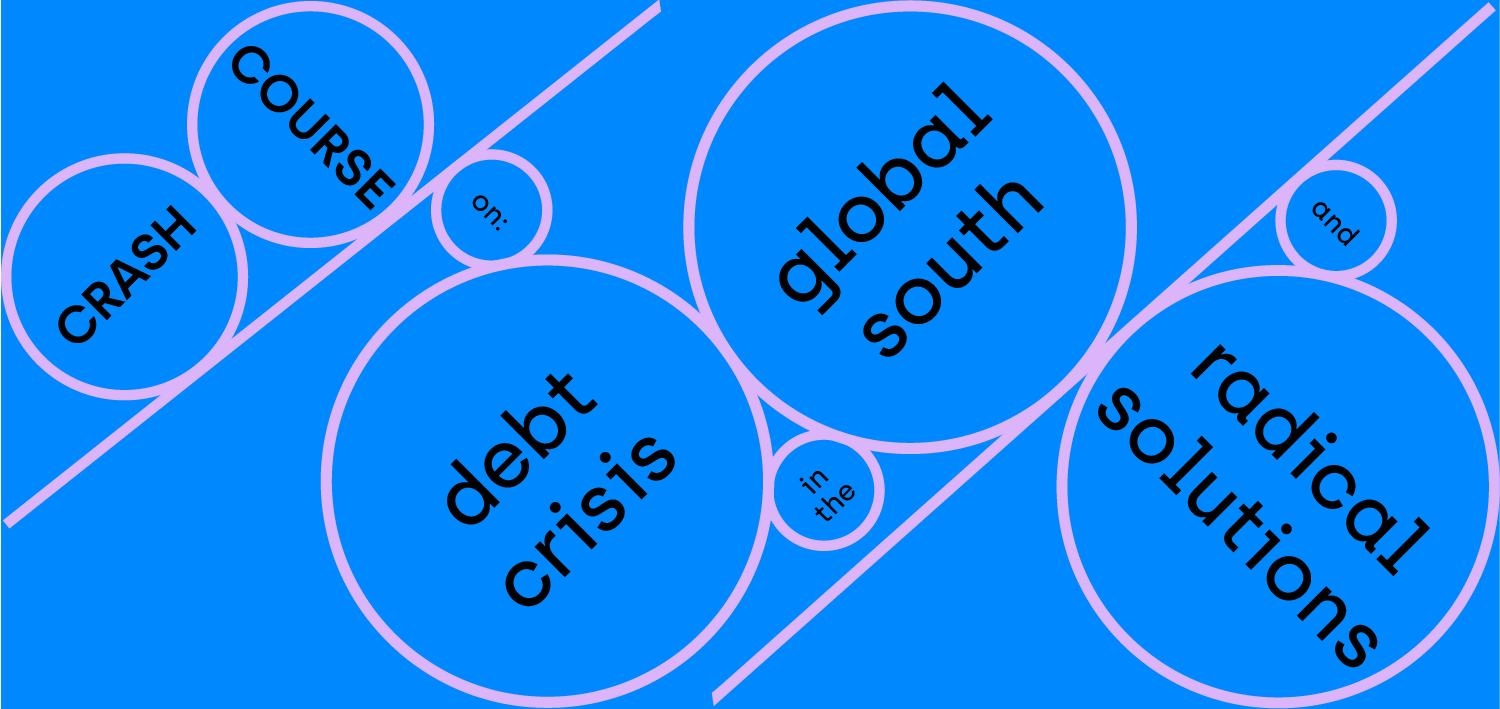
About this series:
Crash Course on
Debt crisis in the global south, and radical solutions
In this series, we discuss the field of debt crises in the ‘developing world’, and the different aspects that determine the subordinate economic and financial position of the Global South and why this matters. Has anything changed since the 1980s debt crises when a global movement called for a debt jubilee? What are the prospects for change? And how can these kinds of debt crises be prevented in future?
Webinars: